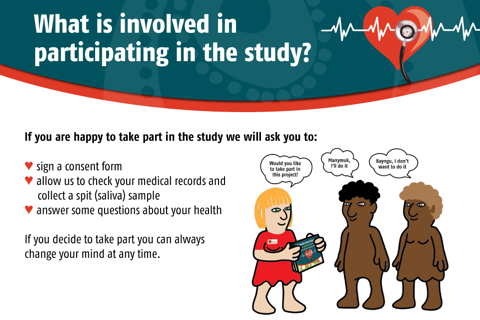
RHD Genetics - Menzies School Of Health Research app for iPhone and iPad
Developer: Dreamedia Solutions
First release : 06 Sep 2014
App size: 38.52 Mb
Australia has one of the highest rates of acute rheumatic fever (ARF) and rheumatic heart disease (RHD) in the world. Indigenous people are up to eight times more likely than other groups to be hospitalised and nearly 20 times as likely to die from this disease.
ARF is caused by an immunological response to group A streptococcal (GAS) infection and can lead to permanent heart damage, a condition known as RHD. Globally, RHD is the most common cause of cardiac death in children and adults aged under 40 years.
Some of the highest rates of ARF and RHD in the world are found in Indigenous Australians (particularly across central and northern Australia), Maoris and Pacific Island populations. The Pacific region, including Fiji, has the highest reported prevalence of RHD. The prevalence of RHD is also high in sub-Saharan Africa, Latin America, the Indian subcontinent, the Middle East and Northern Africa. Menzies researchers work with high risk populations in Australia and the Pacific Region.



